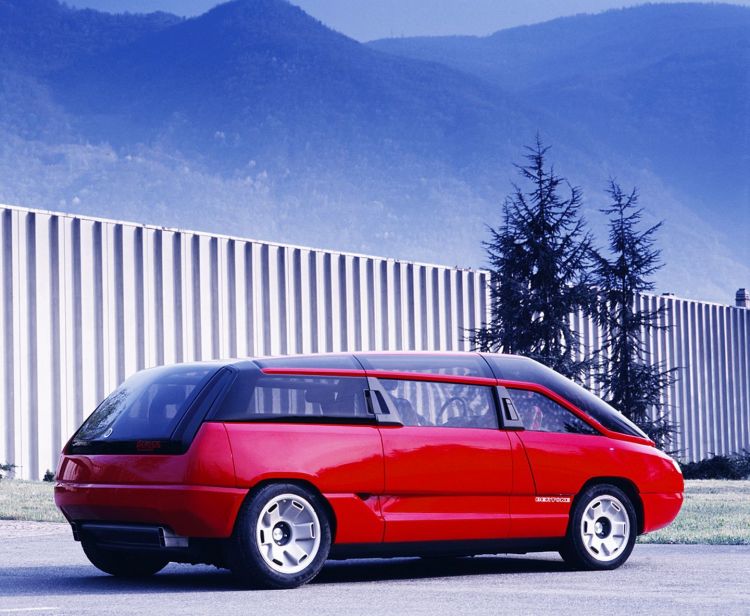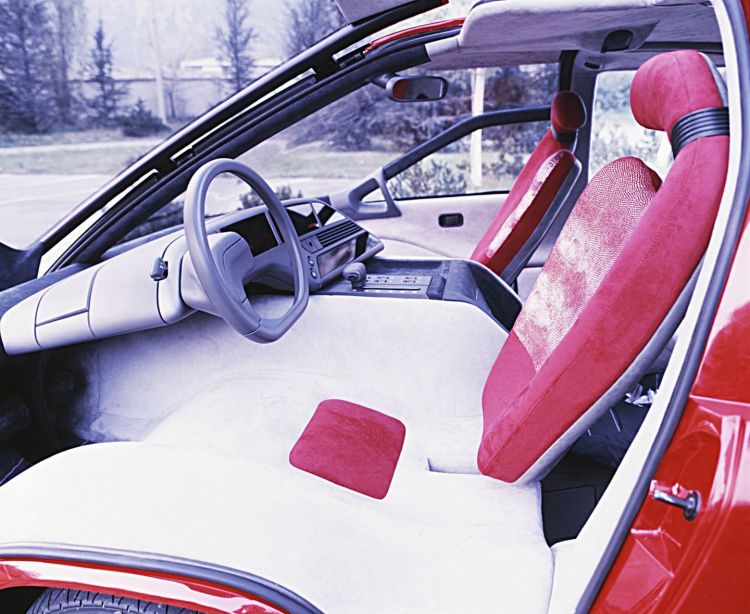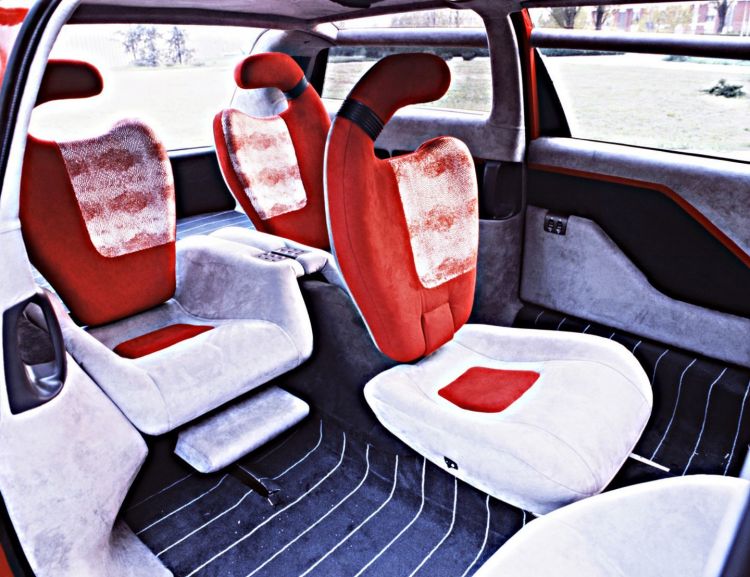The eighties were a decade of experimentationof freedom and debauchery. The automobile industry was no stranger to this maelstrom, and exciting cars such as the modern Nissan Skyline GT-R, the Mazda RX-7+, prototypes such as the Peugeot Oxia, the Nissan Judo… or the Bertone Genesis emerged from those years. . He Bertone Genesis – sometimes called a Lamborghini Genesis – is the product of a night of passion between a Chrysler Voyager and a Lamborghini Countach: it is a luxury minivan, with five seats… and a huge V12 in his bowels
The Bertone Genesis was the star of the legendary Italian design studio at the Turin Salon in 1988 – There was a time when it was one of the most important halls in Europe, currently being irrelevant. The Genesis was a luxury minivan, created by Bertone using parts from both Chrysler and Lamborghini. As you may know, by then, Chrysler was the parent company of Lamborghini, and would be for a few more years. Chrysler’s flagship product at the time was the best-selling Voyager.
Chrysler Corporation was Lamborghini’s parent company from 1987 to 1994.
At that time, minivans were like SUVs today: the fashion segment, and the segment on which many prototypes were based, testing their future. Bertone wanted to create the first high-performance minivan, investing a whopping 30,000 man-hours in creating a working prototype. The car that you have on your screens. His design could not be more representative of the time: its futuristic look is clearly “démodé” today, but at the time it was truly revolutionary.
You just have to see its huge front window, which occupied practically the entire first volume of the car. The front doors were vertical opening, just as the Countach’s doors were opening. They gave access to a cockpit with a seat molded into the very structure of the car. The three rear seats – the configuration of the car was 2+1+2 – large and very comfortable, were accessed through sliding rear doors. thanks to one wheelbase of 2,650 mm and a length of 4.47 metersIt was a spacious car, designed for long trips at high speed.
The Genesis could have replaced the LM-002, which was discontinued in the same year, in 1988.
Both the driver and the co-driver were literally mounted on top of the car’s engine: a gigantic 5.2-liter naturally aspirated V12, from the Lamborghini Countach Quattrovalvole, capable of developing a whopping 455 hp. A carburetion engine, which sent its power to the rear axle through a three-speed automatic transmission. Yes, three relationships. It was a TorqueFlite gearbox, coming from Chrysler’s US range. If we add to this change a weight of 1,800 kilos… yes, it was noticeably slower than the Countach.
the genesis never came to mass production. Despite having a very successful design and being technically developed, the market was not ready for a high-performance minivan in 1988. We would have to wait until 1994 to see another high-performance project built on a similar body: the fantastic Renault Espace F1.



